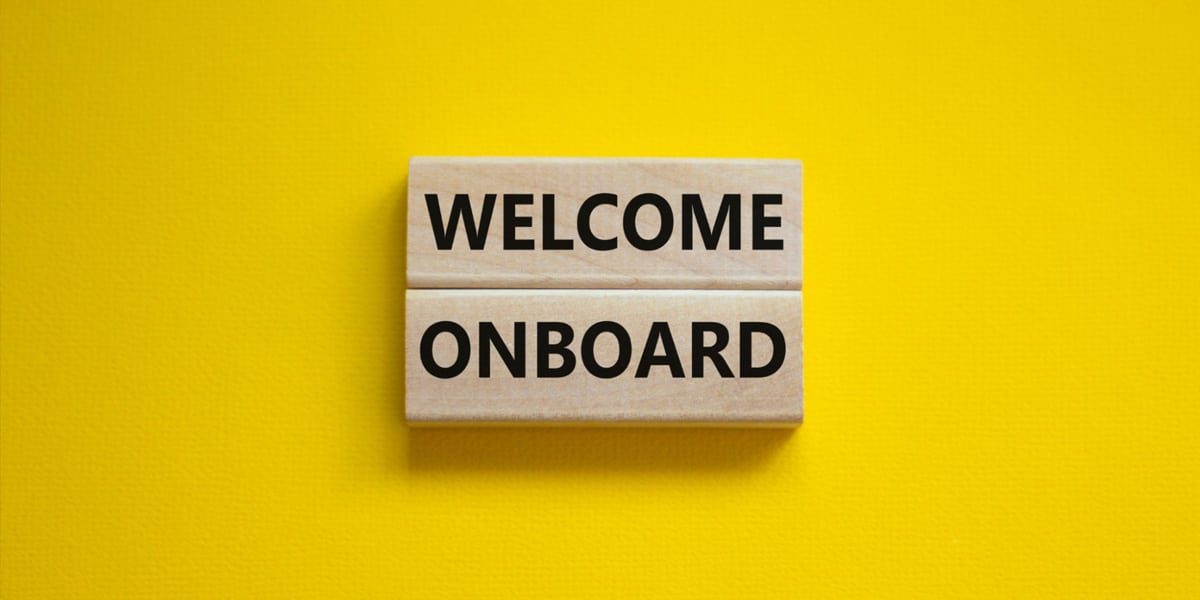By: Jim Arnold
In the digital age, the shift towards paperless systems is becoming increasingly prevalent across various business operations, and human resources are no exception. Implementing a paperless onboarding system can seem daunting, but it’s a straightforward process that can significantly enhance the efficiency of your HR department. Here’s a step-by-step guide to setting up a paperless onboarding system, complete with insights from an industry expert.
1. Assess Your Current Onboarding Process
Before transitioning to a paperless system, it’s crucial to understand your current onboarding process thoroughly. Identify which parts are most time-consuming and where paper-based tasks are creating inefficiencies. This assessment will help you understand what you need from a paperless system.
2. Define Your Objectives
Clear objectives are the cornerstone of successful implementation. Determine what you want to achieve with your paperless onboarding system. Is it faster processing time, better new hire experience, enhanced data security, or all of the above? Setting these goals will guide your decisions throughout the setup process.
3. Choose the Right Paperless Onboarding Software
Select software that aligns with your objectives. Look for features like electronic document management, e-signatures, customizable workflows, and compliance tools. The software should integrate seamlessly with your existing HR systems for a unified workflow.
4. Plan Your Paperless Onboarding Workflow
Design a workflow that outlines every step of the onboarding process. This plan should detail how new hires will interact with the system, from filling out their initial paperwork to completing their first-day orientation. A well-designed workflow ensures a smooth transition for new hires.
5. Migrate Existing Data
If you’re transitioning from a partly digital or entirely paper-based system, migrating existing data into your new system is essential. Ensure the data transfer is secure and compliant with data protection laws.
6. Customize Your Onboarding Materials
Tailor the content within your paperless system to reflect your company’s culture and the specific needs of different roles. This customization can include branded forms, welcome videos, and role-specific training materials.
7. Train Your Team
Ensure your HR team and any other staff involved in onboarding are fully trained on the new system. They should understand how to use the software and be able to troubleshoot common issues.
8. Launch a Pilot Program
Before rolling out the system company-wide, start with a pilot program. Choose a department or a new hire group to go through the paperless onboarding process. This approach allows you to gather insights and make necessary adjustments before full implementation.
9. Gather Feedback and Iterate
Collect feedback from both new hires and your HR team after the pilot program. Use this feedback to refine your onboarding process. Continuous improvement is key to maintaining an effective paperless onboarding system.
10. Scale and Optimize
Once you’ve refined your system based on the pilot program, you’re ready to scale up. Roll out the system across your organization, continuously looking for ways to optimize and improve the process.
Expert Insight
Giridhar Akkineni, CEO of AkkenCloud, emphasizes the strategic importance of a well-implemented paperless system: “ Embracing a paperless onboarding system isn’t just a change; it’s a dynamic momentum that propels any organization forward. It transcends the boundaries of digitization; instead, it’s a strategic optimization, resulting in a more efficient, secure, and engaging onboarding experience. In the fast-paced world of modern business, where technology is the driving force behind success, this shift becomes a critical catalyst, offering companies a significant competitive edge.
Implementing a paperless onboarding system can significantly streamline your hiring process, making it more efficient, cost-effective, and environmentally friendly. By following these 10 steps, you can ensure a smooth transition to a digital onboarding process that enhances the new hire experience and aligns with modern workplace expectations. As businesses continue to embrace digital transformation, paperless onboarding systems will become increasingly essential for maintaining a competitive edge in the talent market.







